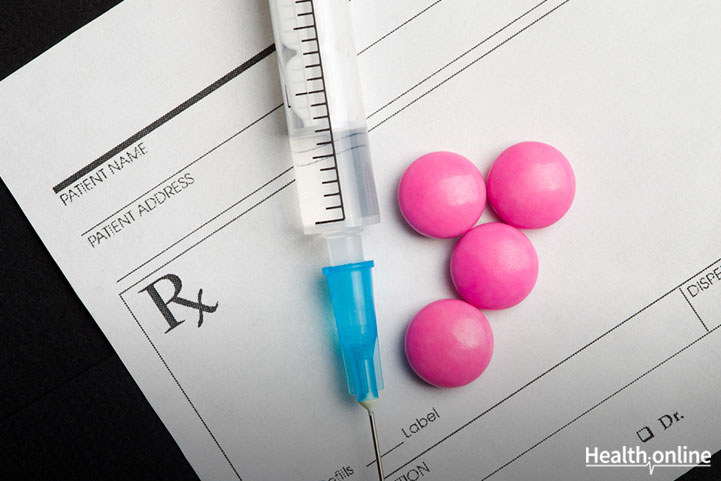
Identifying and Treating Painkiller Addiction
How to Identify painkiller addiction:
Opioid based painkillers such as OxyContin, Morphin, and Vicodin are highly addictive. The opium plant produces opioids and they are the basis for a number of illegal drugs such as heroin. High doses over a short period of time, as well as long term use, can both cause dependency.
To determine whether or not you are addicted, you will need to ask yourself the following questions:
“Am I still in any pain that requires me to take painkillers? Or am I taking them because I think I might need them?”
“Do I get nausea, headaches, chills or the shakes when I haven’t taken any medication?”
“Am I taking higher doses because it makes me feel good?”
Treatment Options:
The good news is that you can be free from the debilitating effects of painkiller addiction. Your doctor will determine the best treatment plan for you.
The good news is that you can be free from the debilitating effects of painkiller addiction. Your doctor will determine the best treatment plan for you.
- Counselling: Counselling falls under the term “talking therapies.” It allows people to talk about their difficult feelings and problems in a confidential and safe environment. You will learn about the underlying causes that have led to your addiction, and coping strategies to ensure that you remain drug-free. There are several counselling options available to you. They include the following:
- 12 Steps Narcotics Anonymous (NA): Narcotics anonymous is similar to Alcoholics Anonymous (AA). Participants overcome their addiction by walking through a 12 step program. NA is not religious based, but it does have a spiritual element. You will meet in groups on a weekly or bi-weekly basis, where addicts support each other in getting through the 12 steps. One of the requirements to become a participant is that you are not using any drugs as a part of a maintenance therapy.
- Methadone Anonymous (MA): Patients on methadone are excluded from groups such as narcotics anonymous. Methadone Anonymous was established to fill that void.
- Motivational Interviewing: This type of counselling assists patients in exploring and resolving issues about behavior change. The counsellor will motivate the patient to change by reminding them of the benefits of changing, and the costs that result from not changing.
- Cognitive Behavioral Therapy: Cognitive behavioral therapy is very effective in treating addiction. Research has found that skills learnt during the therapy remain with the patients after they have completed the treatment. One of CBTs main functions is to change the way you think through the use of thought replacement. This will enable you to immediately recognize triggers that promote cravings and to accurately identify situations that could potentially put you at risk to use. You will develop effective coping strategies to assist in managing your addiction.
- Maintenance Therapy: Drug cravings are extremely powerful, and many people find that they are difficult to resist. The majority of addicts who skip maintenance treatment often end up relapsing. Long term maintenance is the most effective form of treatment. It enables the individual to keep working, driving and
taking part in normal social activities, while at the same time eliminating chances
of relapse. Naloxone, buprenorphine or methadone are the most common drugs used for maintenance treatment. - Don’t Try and Give Up On Your Own: It can be tempting to think that you have got your
addiction under control and that you can give up on your own. Going to rehab or attending counselling meetings can be stressful. The process will involve giving up your personal control. The voice of your addiction will tell you that you don’t need formal treatment to succeed because it wants you to continue using. Make sure you are in constant communication with your healthcare provider so that you can get the support that you need. - Only Use Painkillers In Extreme Circumstances: Regardless of how long you’ve been clean, using painkillers once in awhile never works. You will end up right back where you started. It is essential that you only use them in extreme circumstances such as post-surgery. If you do have an operation, to be on the safe side, give the medication to someone you trust, so that it is inaccessible to you.




